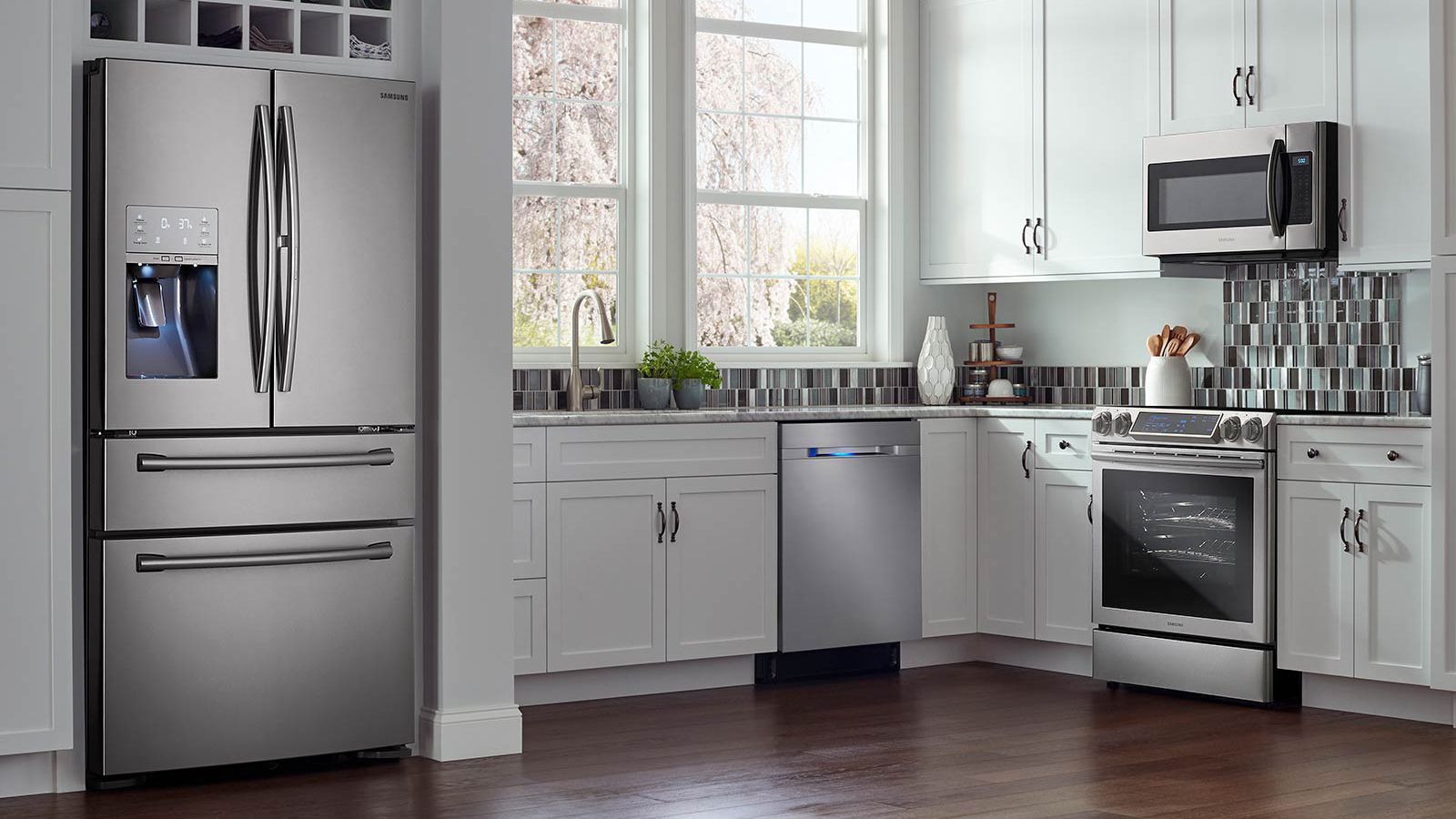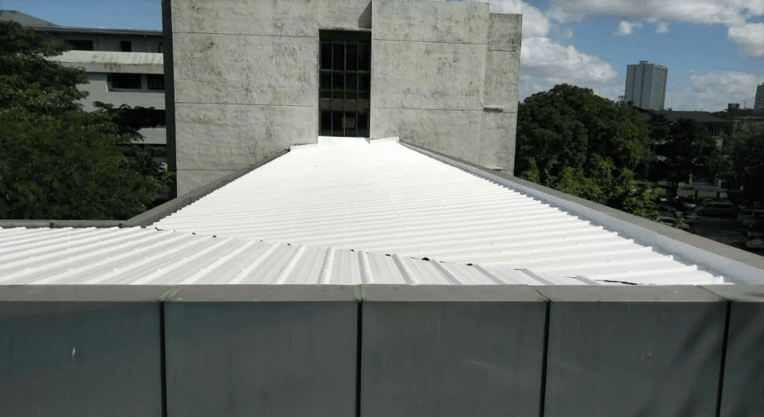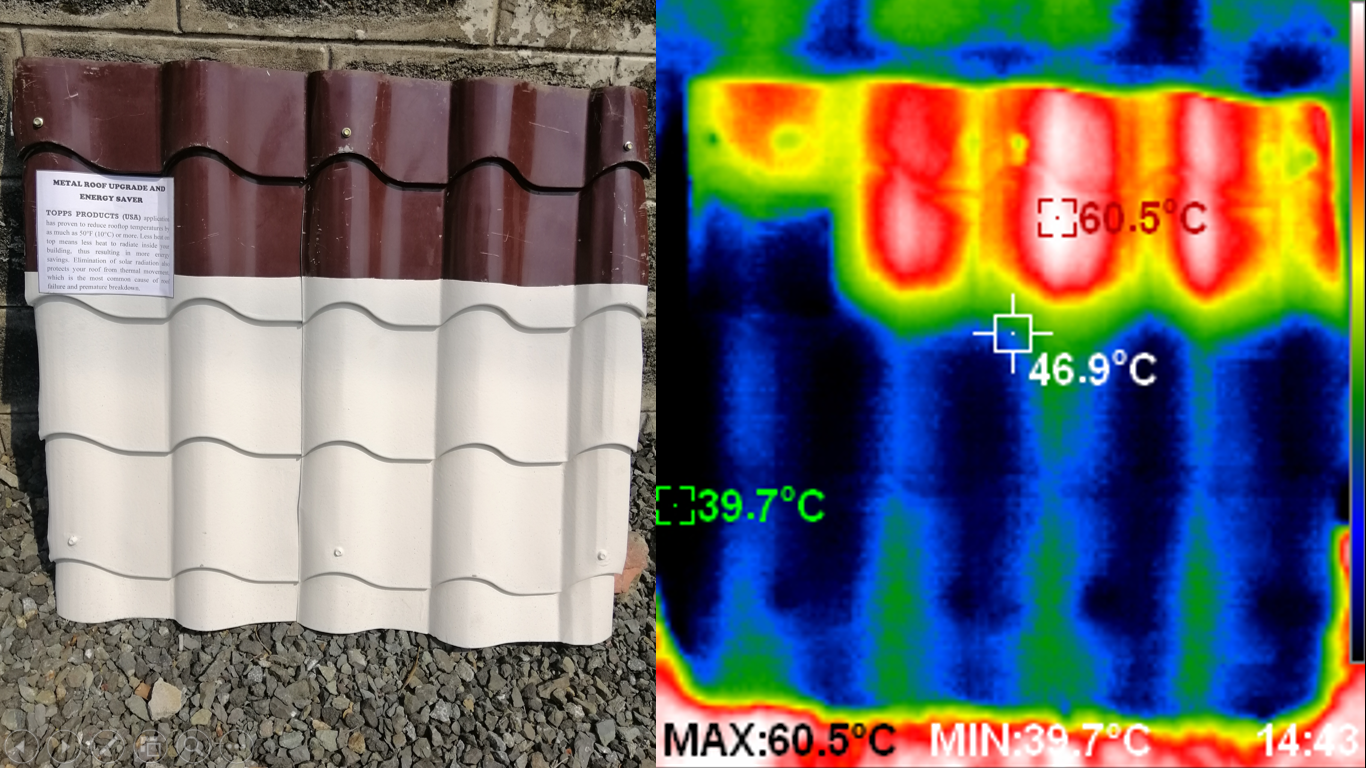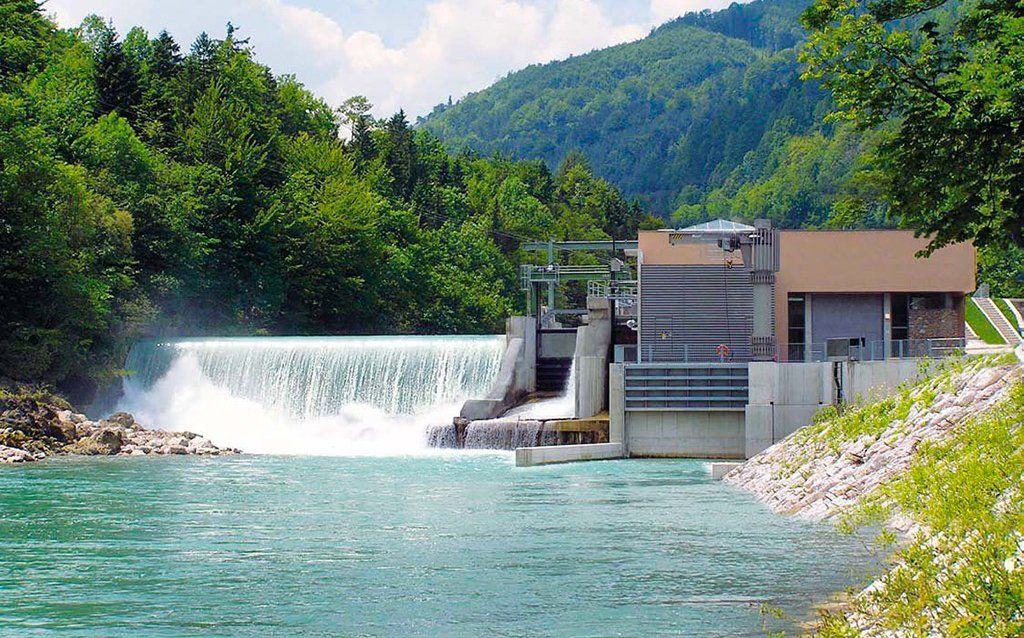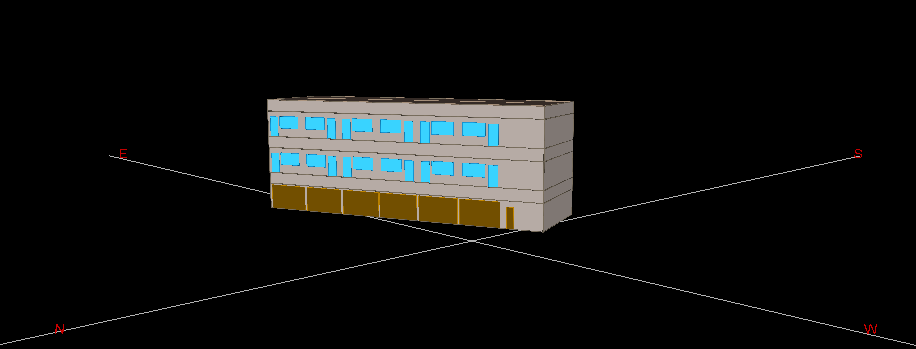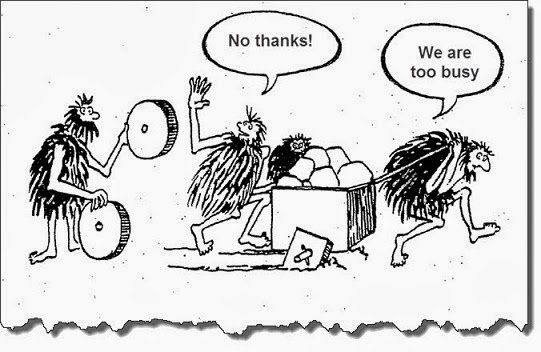Quantifying Carbon Emissions
In the last blog post, the basics of climate change and carbon were covered. In this post, I’d like to build on that by showing some quick calculations to quantify carbon emissions from energy consumption. In the context of climate change, when we say carbon it is actually carbon dioxide (CO2). It’s that gas which we exhale and that plants convert into oxygen. This gas is also how we measure how much greenhouse gas there is in the atmosphere. Since there are many types of greenhouse gasses, it is easier to use one of the gasses as a form of base measurement, thus greenhouse gas emissions are almost always measured in tonnes of carbon dioxide equivalent or tCO2e.
Be warned, I like math; prepare for some numbers:
According to the World Resources Institute Climate Analysis Indicators Tool (WRI CAIT), the Philippines’ GHG emissions in 2012 were dominated by the energy sector (54%), followed by agriculture (33%), industrial processes (8%), and waste (7%). As of 2014, the Philippines generates energy primarily with coal (43%) and natural gas (24%). Renewable sources such as hydro and geothermal contribute 26% and the remainder uses oil based generators.
On average, coal produces 909 grams of CO2 / kWh, natural gas produces 465 grams of CO2 / kWh and oil produces 800 grams of CO2 / kWh. Bare in mind, these numbers are not exact as varying power plants have varying efficiencies.
Using a weighted average calculation, we can approximate that each kWh consumed in the Philippines produces roughly 557 grams of CO2. 557 grams of carbon per kWh, that really doesn’t tell us much-does it?
Let’s try to put things in perspective: A regularly used air-conditioner uses roughly 400 kWh / month. This means that the emissions tied to having an air conditioner is 223 kg CO2e / month. With this information, we can now find equivalents. For example, 223 kg of carbon is equivalent to driving about 850 km or planting 6 trees and having them absorb carbon for 10 years.
You can find other equivalents by visiting the US Environmental Protection Agency’s website:
https://www.epa.gov/energy/greenhouse-gas-equivalencies-calculator
Since 1971, carbon emissions generated per kWh in the Philippines has increased by 41%. This means that the country is shifting towards fuel which produces more carbon emissions. A big reason for this is our continued investment in coal power plants despite neighboring countries investing in renewable energy. In contrast, Thailand, Singapore, Taiwan and China has been seeing their emissions generated per kWh go down each year due to renewables. In addition, their energy is also cheaper as they burn less fuel to generate them. Countries such as the Philippines, Indonesia, Vietnam and Malaysia continue to invest in coal power plants which contribute to more emissions and increase the cost of energy.
This is why most countries see a switch to renewable energy as an economical choice in addition to being environmental. Hopefully the Philippines start thinking about how sustainable our energy source truly is before it’s too late.
To find out more about energy modelling and our consultancy services, check our our website at www.greensolutions.ph.


